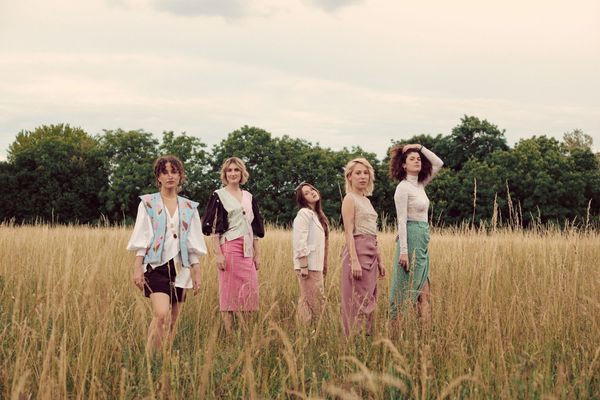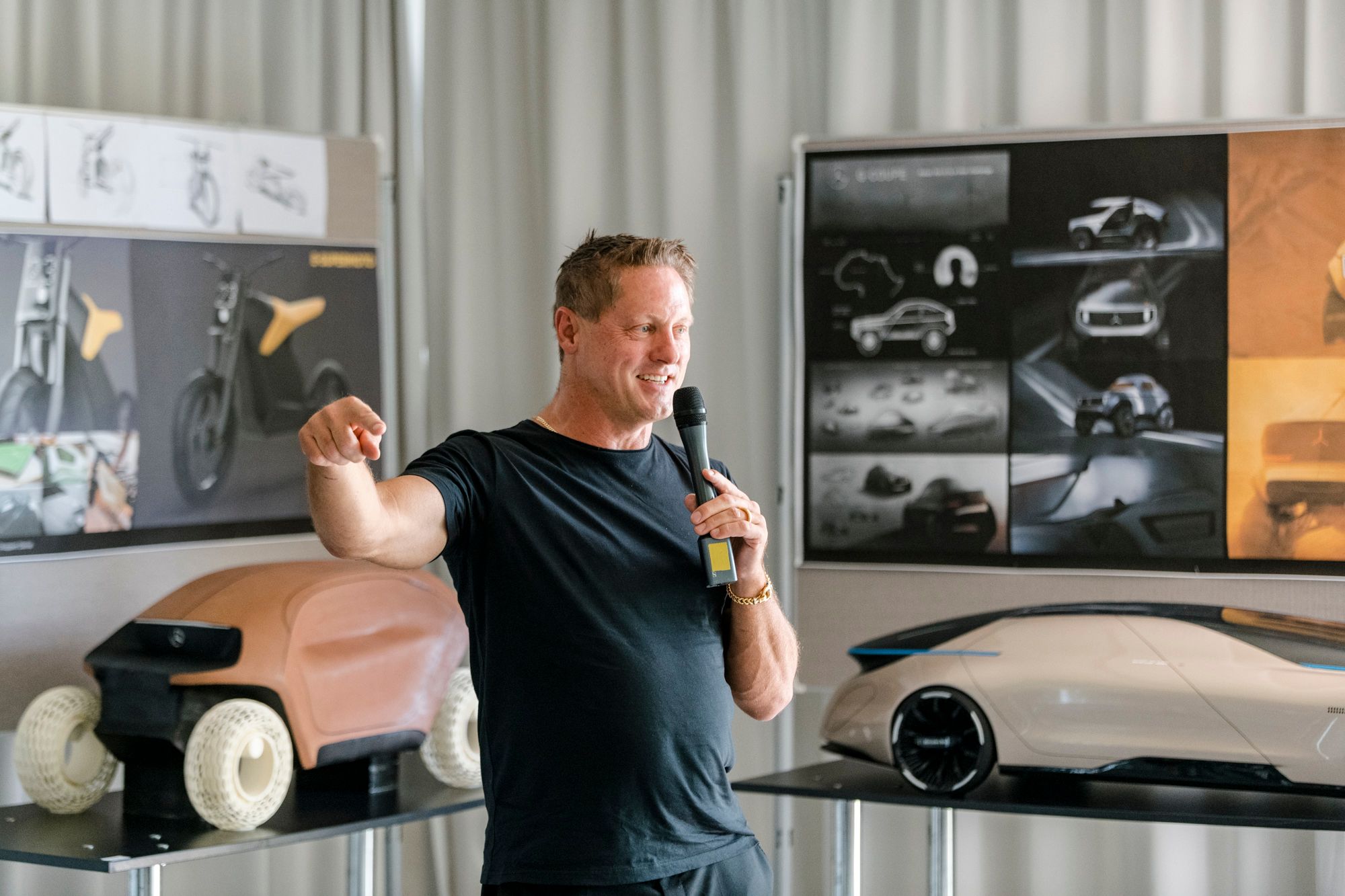A new chapter opens in the life of the Moholy-Nagy University of Art and Design’s vehicle design program. On the 1st of July, the university’s new automotive design studio, the Mobility Design Lab, will be inaugurated. We talked to András Húnfalvi and Dániel Ruppert, leaders of the program, about the move, and the important moments and experiences in the old studio, as well as about the education within MOME and the future of automotive design. Here’s the second part of our interview with them.
András Húnfalvi and Dániel Ruppert graduated from MOME in 2012 as vehicle designers, and both participated in the joint program between MOME and Mercedes during their university studies. Today, they have their own practices (András Húnfalvi—Flying Objects, Dániel Ruppert—Ustory Branding) and, in addition to their own studio, they co-lead MOME’s automotive design program, carrying on the legacy established 20 years ago by Professor Stefan Lengyel and Professor József Scherer.
Mercedes-Benz has been cooperating with the university for two decades. Can you tell us a little bit about this, and how this made the university’s vehicle design program a cutting-edge project? What were the most memorable stages and events of the cooperation?
A. H.: Every five years a large-scale event was held, which was in MÜPA in Budapest, but it was also in the Museum of Transport and the Museum of Applied Arts. It is going to be on campus this year, and I’m really happy about it. It was memorable when we went together to organize an exhibition at the Balassi Institute in Stuttgart in 2019, and it was quite often during the years that the students visited the factory. In addition to these, it is a memorable experience that we actually waited here for the German colleagues who came to us on a three-week or monthly basis. They got on the plane in the morning, were here at nine, consulted with all the students, looked at the work of the students in our preparatory sketch course—the preparatory training for those who joined the Mercedes group—and then got on the evening plane and went home. They practically spent an entire day here just like they would go to the office back home, so it was fantastic. In fact, this can be done much more effectively, when you do not have to devote an entire day to it, but more intensively, weekly or biweekly, within the framework of a Teams call. Although this was more interesting, with an unforgettable atmosphere.
D. R.: In fact, the great thing about the whole cooperation is that students can gain insight into the operation of a world-class company, even through the consultation. In general, the next step is that if someone performs well, they will have the opportunity to get their portfolio to them and take part in an internship. If we look back over the last 20 years, we can say that the students who graduated here and participated in the Mercedes program have become designers who today work for the most prominent brands in the world.
A. H.: Not only for Mercedes—although some of them do work for the brand—but also for Volvo, Kia, Lynk & Co.
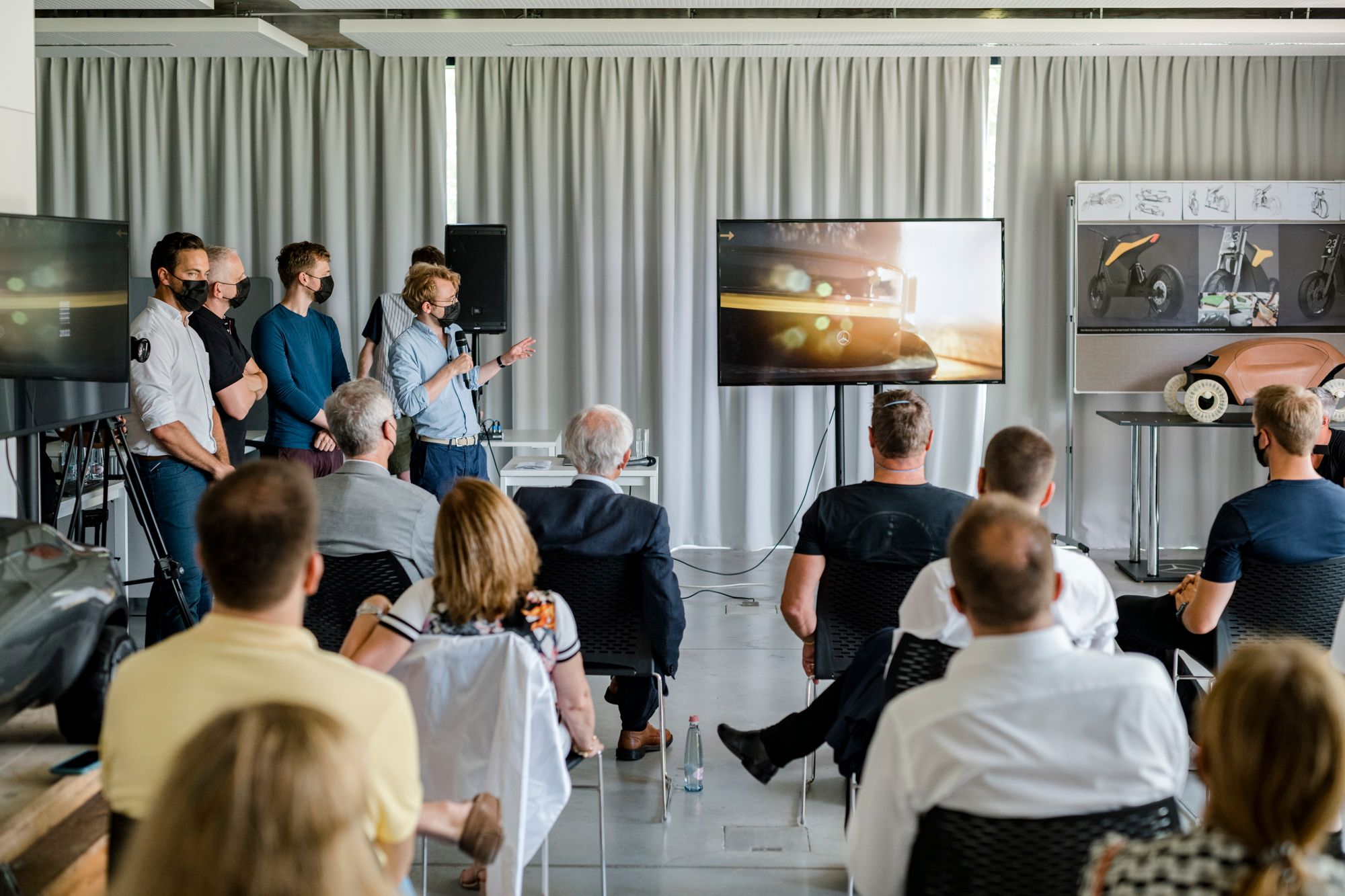
So does the cooperation between Mercedes and the university really help students to be at the forefront of premium brands and automotive design?
A. H.: This is an amazing thing, that if someone starts studying as a designer at MOME and takes the appropriate preparatory course, they can be included in the vehicle design program as a sophomore, where they specifically consult with people who design the vehicles that are out here on the street. And this is a fantastic advantage, for example, Head of Exterior Design, Robert Lešnik, who has incredibly expensive time, looks at the work every six weeks and consults with the students. He spends the same amount of time and energy on all students, and he takes it just as seriously as he does their designed vehicles. This is also due to the fact that Gorden Wagener’s patronage allowed us to start working intensively together.
In 2002, the program itself was launched under the auspices of the previous head of department. This started through personal contacts, as Professor Stefan Lengyel had a student, Harald Leske, one of the leaders of Mercedes Design at the time. This really started as a test, thanks to the personal relationship, just to see what the Hungarian students can do. This is how the program evolved organically, which was successful. Then in 2009, one year after Wagener became the head of Mercedes Benz Design, he received the title of a professor from the university, and from then on, he started really caring for the program.
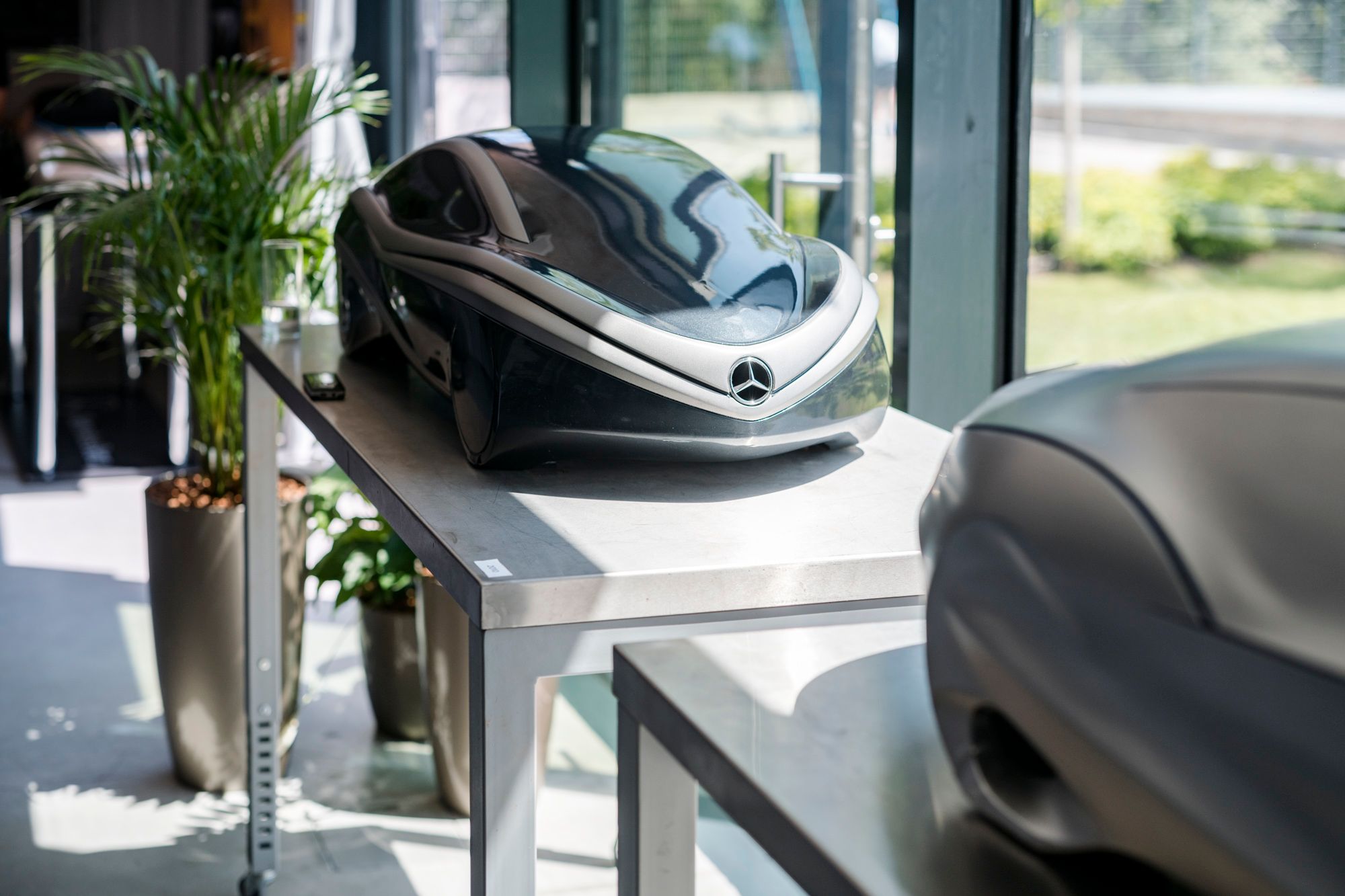
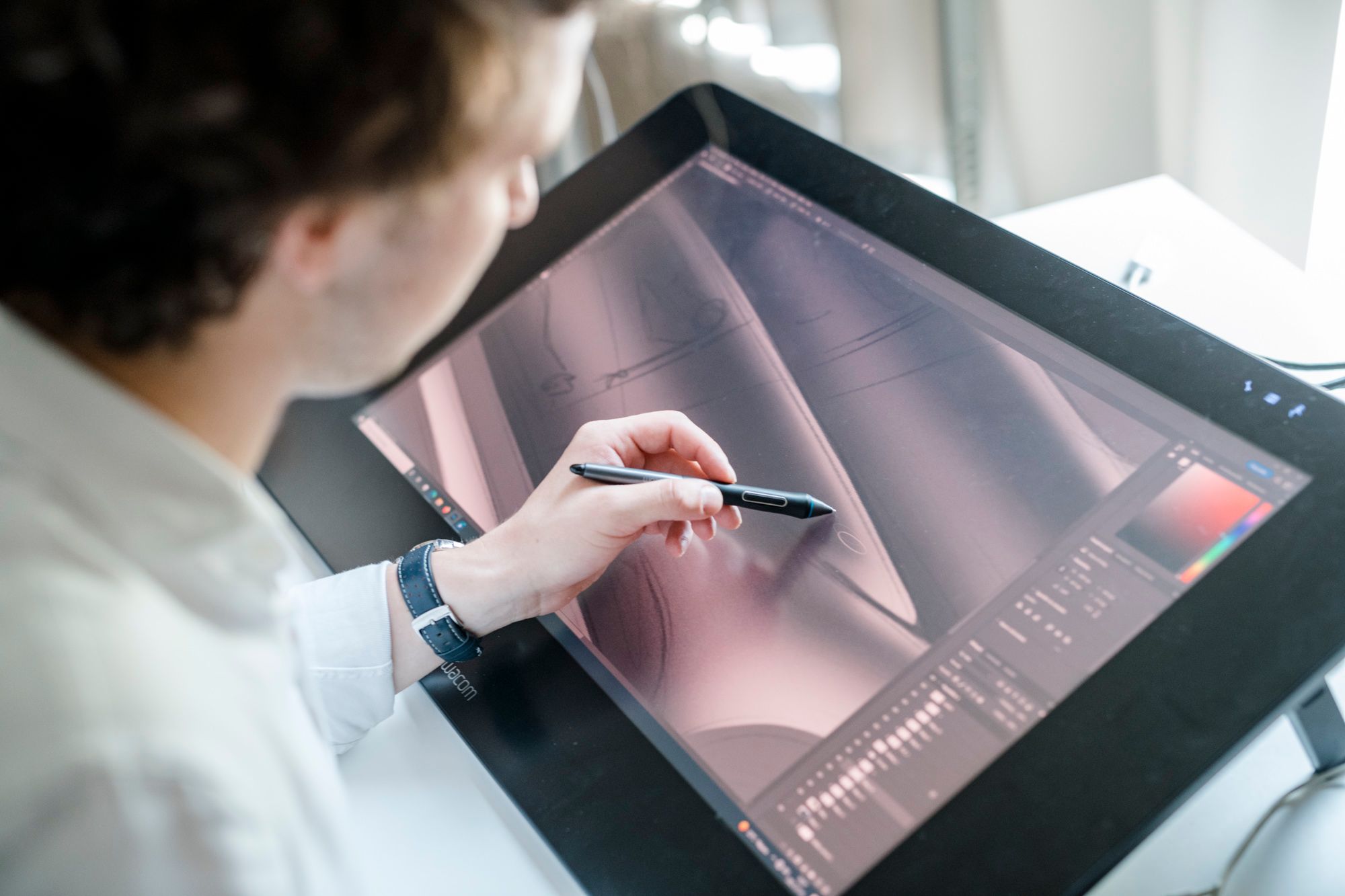
There is also a number of examples of students attending a semester as interns at Mercedes.
A. H.: Yes, we have students there almost every year, but sometimes, every six months there is another student, and they pass the torch to each other.
D. R.: What still belongs to the internship is that there are many realized details, cowling, rims designed by our students, and they are out on the streets. Some of the works completed during our internship include a concept bus implemented by Andris, and the last Mercedes tourist bus was made based on my sketches. There are a lot of things that were made, say, ten or fifteen years ago, and they’re still in use on the streets. It’s an amazing experience that even as a student you can gain experience and participate in real projects, the results of which you can see in the various elements that have been implemented. Moreover, this option is given to any student.
Much has been said about the fact that modeling and design studio work will take place in the same space in the new Mobility Lab. What is the positive aspect of this, and how can the designers benefit from it?
A. H.: If you look at the studio of Mercedes, the modelers and the designers are in the same airspace. They may not be on the same level, but if you look down through the barrier, then there, on the lower level, you already have cars standing.
D. R.: These processes are highly interrelated, especially within the university framework. The designer sits down to sketch or 3D model, and then they can send the design to VR headsets to walk around and see it. They can go back from the virtual space to sketch or drawing table. So it’s a back-and-forth process, it can almost be flow. This is complemented by the fact that design students can work side by side in a team. Everyone has a private space, but there is also a space for collaboration, which was an explicit goal.
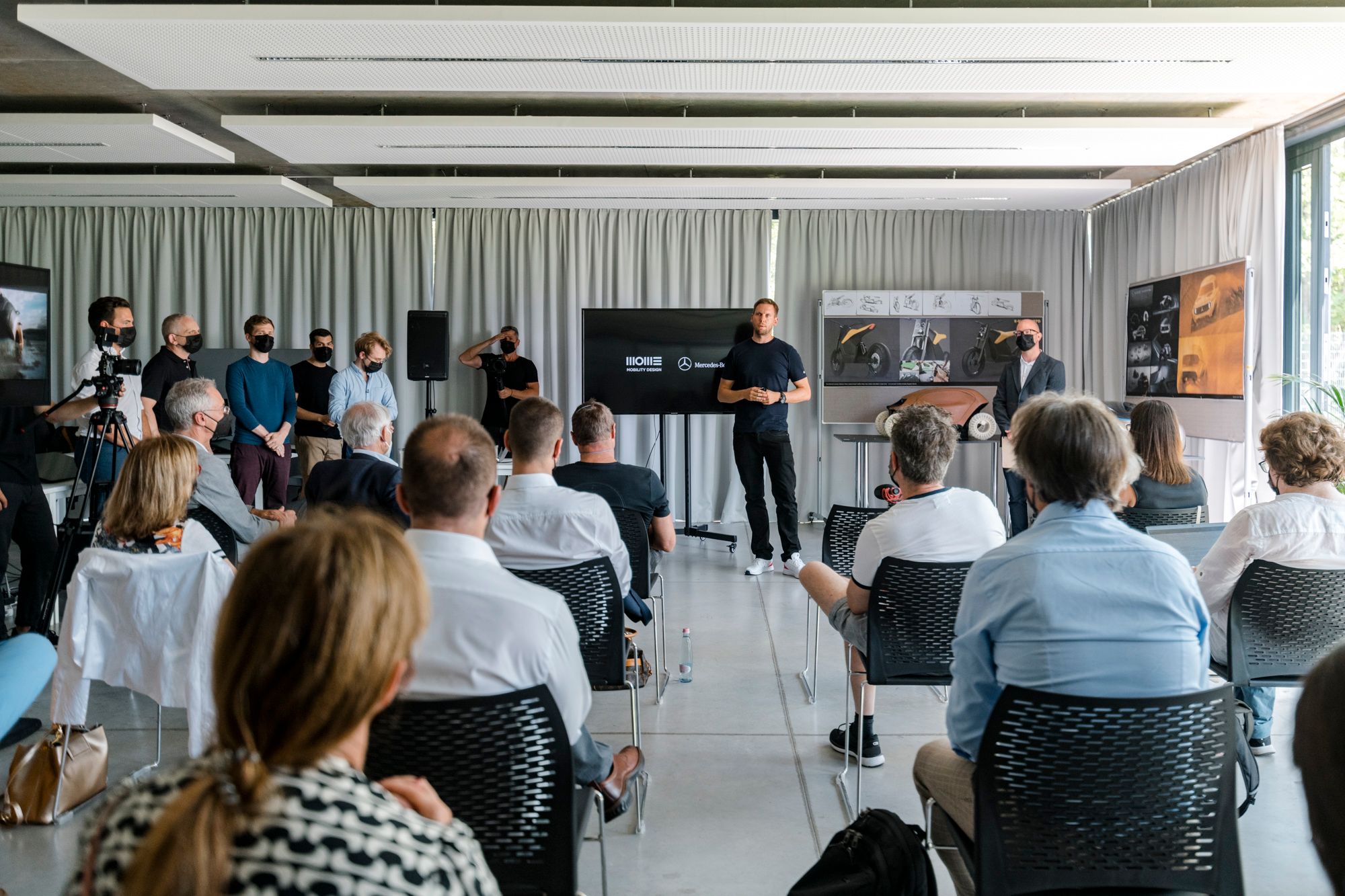
A. H.: What we see is that it is very useful if everyone has a little space of their own, but these spaces are also connected to each other. They can work side by side: one designer sits on one side of the table, the other on the other, but in the meantime, they have their own things on the wall. This really stimulates collaboration, and this is how we make them be involved, so that they can be here on campus, that they feel at home, like at work.
Furthermore, it is a profession in which people need their own space. If someone can go through their whole life with a laptop or a tablet, it’s completely different than when a designer needs a big screen, a drawing board, as the drawings have to be around them. With this kind of design work, I can’t pack things at the end of the day, put them in my bag and take them home. Accordingly, such a studio requires an installation, which the new workshop will be able to provide.

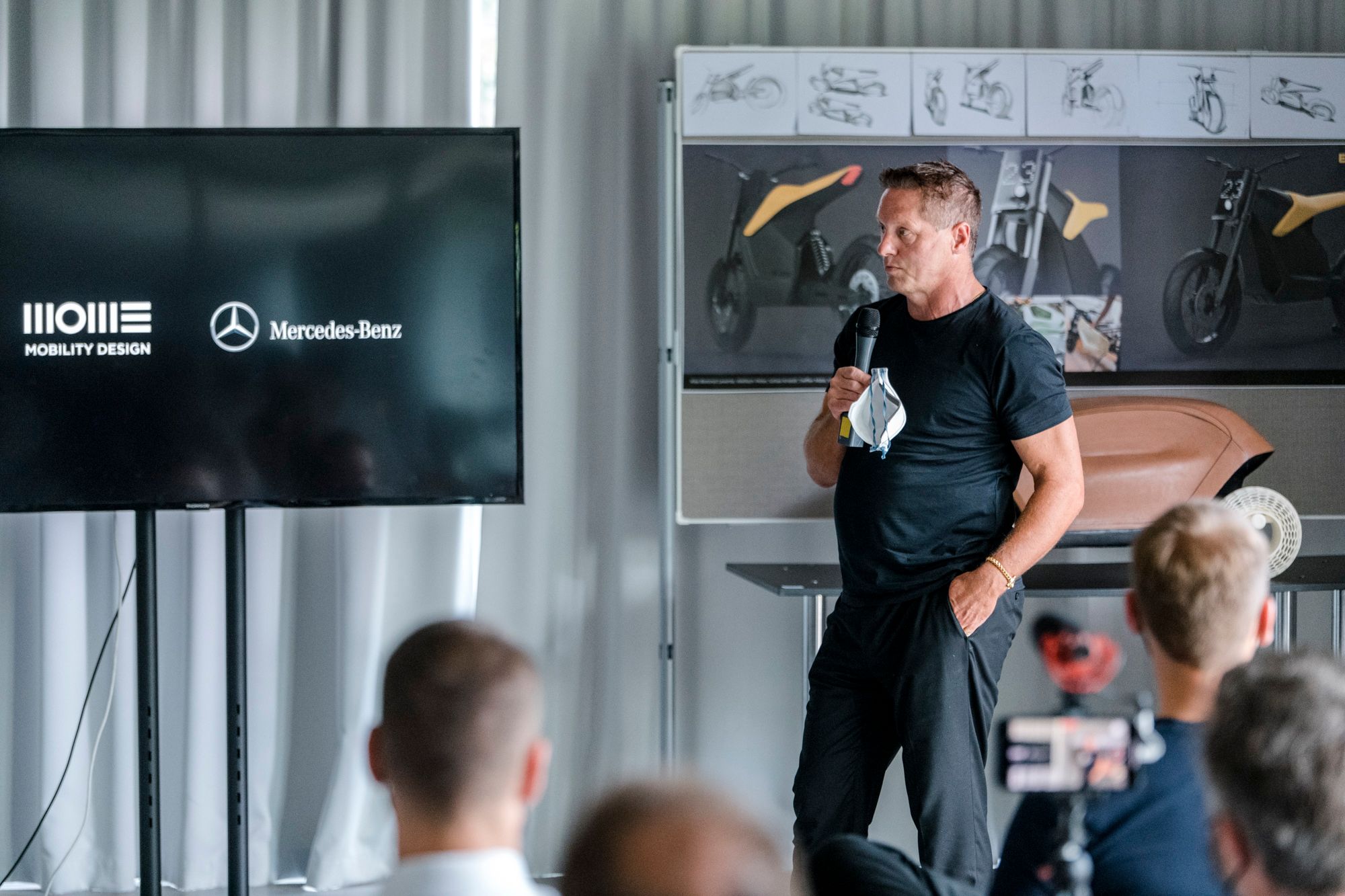
We also talked about the fact that when we hear the words vehicle design, we think mainly of cars and four-wheeled vehicles. What can be expected in connection with this in the future in the area of automotive design and beyond the focus of vehicles?
A. H.: Even in the Mercedes project, topics that do not have wheels are emerging more and more. In recent years, there have been many times—and we strongly support this—that someone was not thinking in a four-wheeled vehicle, but, say, in a drone, or in a ship, which provides a solution to a current topic or problem. In addition, we launched the micromobility course, which became a fixed project for BA third-year students. This has been running for almost two years, with students planning a six-week intensive course in response to various micromobility problems.
D: R.: So far, we can say that it has been a great success, and from the results of the last course two Stefan Lengyel Scholarships (the excellence scholarship of the Moholy-Nagy University of Art and Design—the Ed.) were born.
A. H.: We think this is a very useful training, which the students enjoy. This is an exciting frontier of classic industrial design and vehicle design, which I think will become an increasingly broad category. We will solve our mobility in a very different way in the future than today. It will not be evident for someone to walk, take the bus, drive a car or ride a bicycle, but there will be things moving along the boundaries of these things.
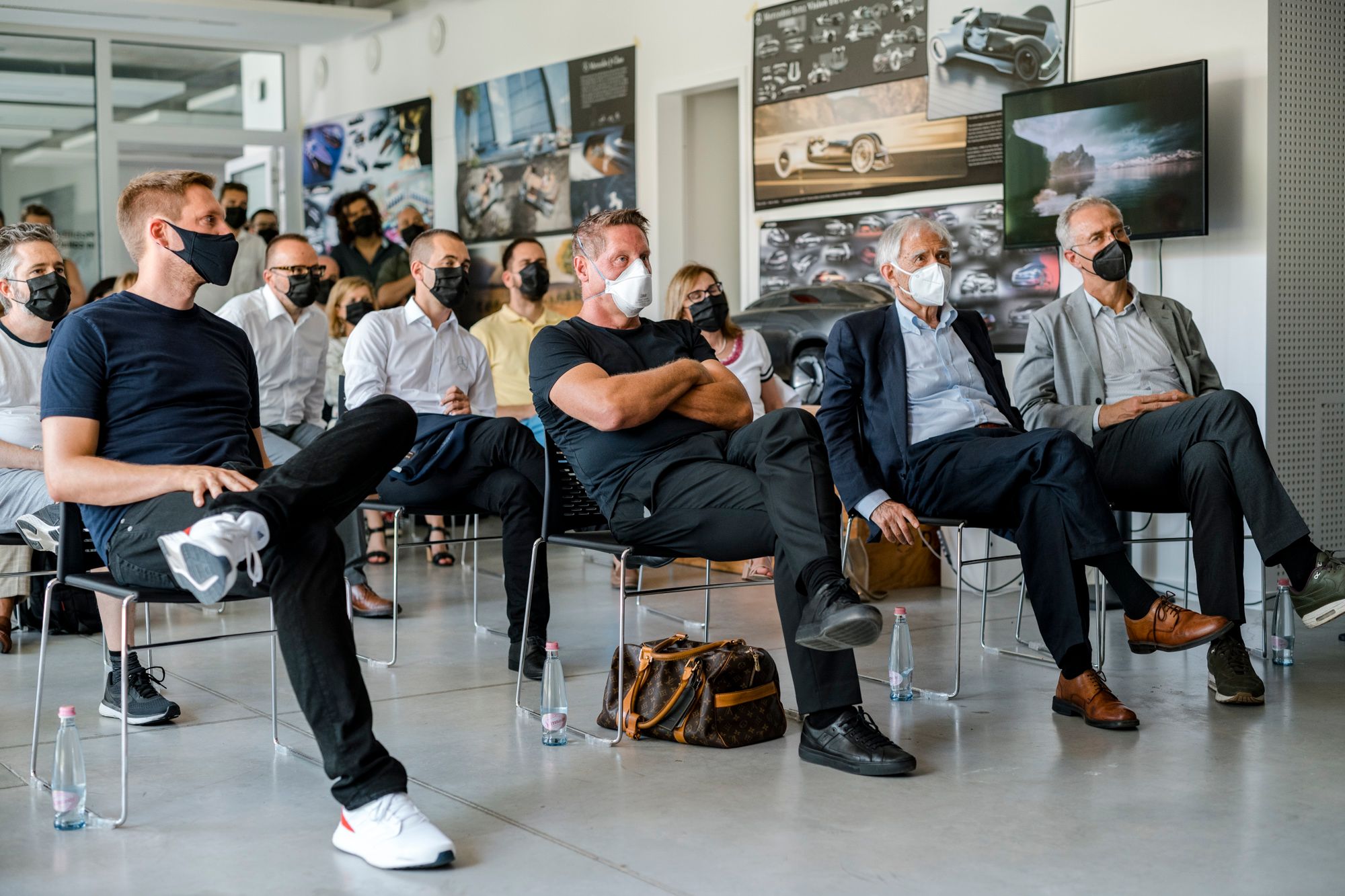
You mentioned something very exciting when you talked about the major changes in transport and vehicle design. This change must also be followed by education, and we can see this in the setting up of the new workshop, which will now be adapted to the current expectations.
D. R.: That’s right, as we have already mentioned, we are also trying to expand the design to mobility. In addition, we would like to create as many collaborations as possible in the future where we can work with companies, universities or institutions that are both innovation-focused and have high added value and want to create it. Several such collaborations have already been launched, for example with the University of Kecskemét, but also with BME.
Photos: Máté Lakos – MOME
MOME Car Design | Instagram
MOME—Moholy-Nagy University of Art and Design | Web | Facebook | Instagram
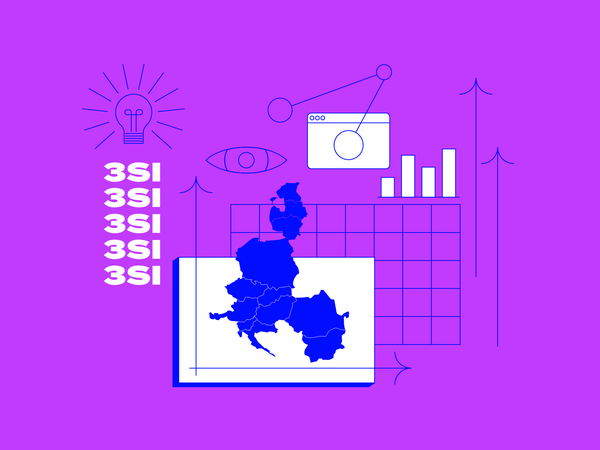
Mission-oriented innovation is needed
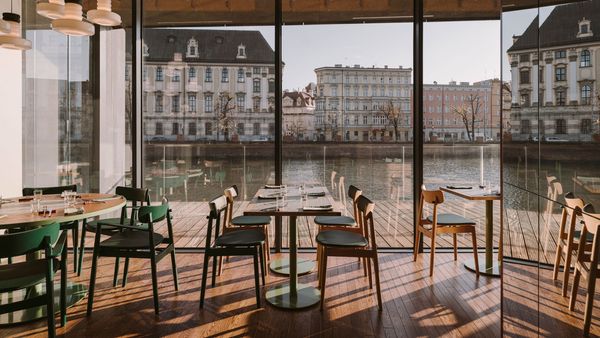
Portugal’s flavors and colors in a restaurant in Wrocław | MARTIM
